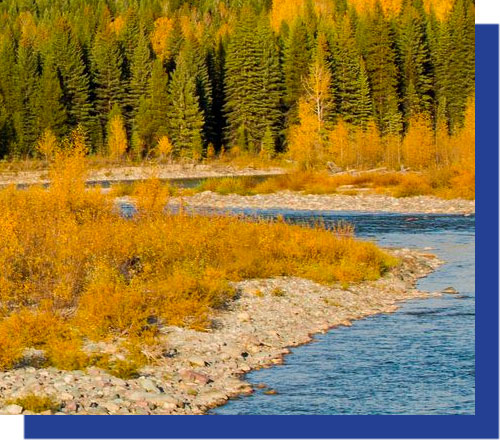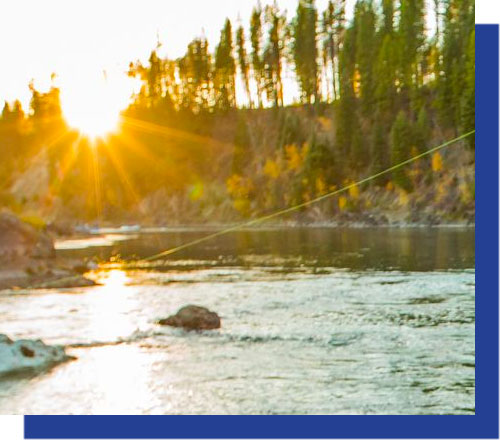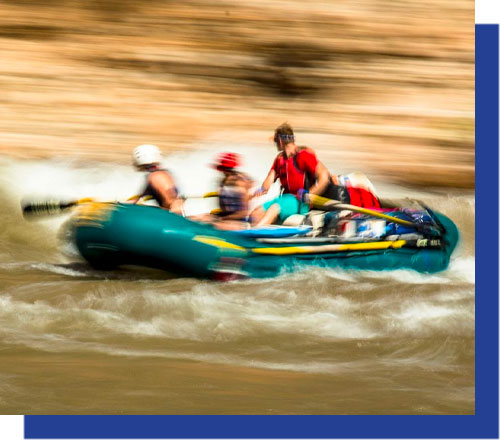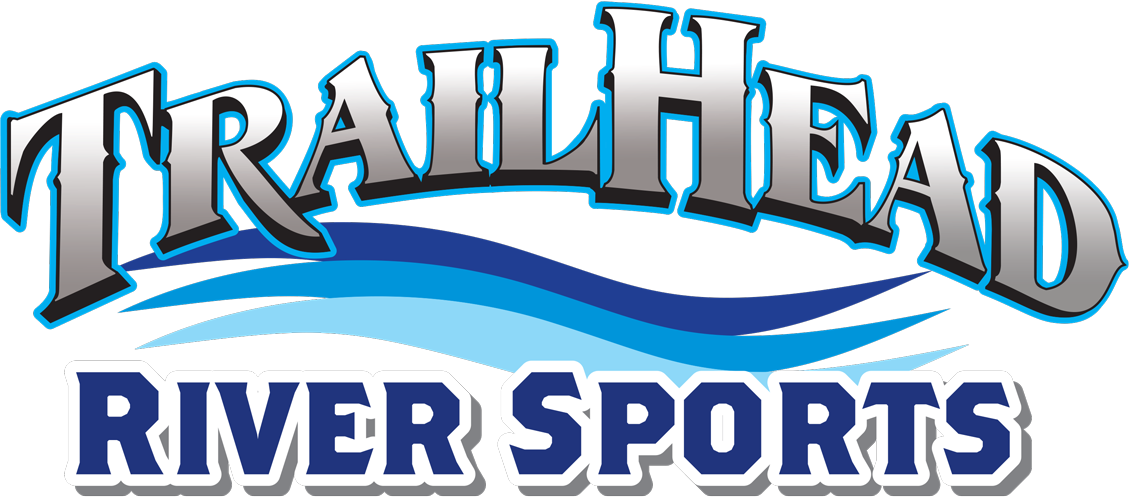


Floating and rafting can begin on the Blackfoot River near the town of Lincoln, more than 110 miles upstream from its confluence with the Clark Fork. Although the lion’s share of the recreation on the river is in reaches 3,4,5,and 6, which start near Ovando.
The upper portion of the Blackfoot River has primarily slow water. The river is fairly narrow and flows through dense forests. Many logjams can also be found along the river, especially in the vicinity of Nevada Bridge, about 18 miles downstream from Lincoln. Wildlife is abundant along this stretch of the Blackfoot River. This stretch of the Blackfoot is rarely floated due to log jams and long slow stretches.
The Blackfoot River then flows into a wide open valley and through agricultural land and on into a more forested area as it leaves the Ovando valley. The first of the many rapids on the river is encountered several miles above Scotty Brown Bridge in the most popular fishing stretch of the river known as the box Canyon (reach 3). This rapid is short and is easily navigable by rafters and floaters of intermediate skill.
Beginning at Scotty Brown Bridge, the river enters the Blackfoot River Recreation Corridor For the first five miles, the river is marked by a quick flow, lots of turns, but no whitewater.
Beginning at Russell Gates, the whitewater section of the Blackfoot River begins. A couple miles below Russell gates you get into what is considered the white water sections of the river (reaches 4 and the upper and lower reach 5). The Blackfoot River has numerous rapids, several of which are Class III. Due to large waves and several small drops, this section of river should not be run in a canoe unless you have whitewater canoe experience. Beginners in rafts should also be wary of running this stretch of the Blackfoot River especially during runoff. During Higher spring flows the river below Russell Gates to the weigh station is western Montana’s Most Popular whitewater river with lots of private and commercial rafting trips on the water. It is also a classic place that intermediate whitewater Kayakers get to experience whitewater.
This stretch is somewhat visually polluted by the development of the river banks with massive Glamping Sites for the rich and famous on the swanky but visually annoying, Paws Up Guest Ranch.
In the main Blackfoot River Corridor (reaches 3-6) there are additional restrictions to the public’s use, It is not legal to camp in reaches 4,5, and 6 except in established camp sites. In return the public is able to walk up to 50 feet above the high water mark to make wade fishing easier to navigate. There is a mix of public and private land but the rules apply to both. There are exceptions (especially around the guest ranch) where the public is restricted to the high water marks. Look for signage mounted well below the high water mark telling you to stay away, and of course keep your eyes open for some obnoxious rich Hollywood types who may be eating caviar on the beach.
Below the main whitewater section which ends at Johnsrud park, occasional Class II rapids can be found intermittently down the remainder of the Blackfoot River, but should pose no problems to alert floaters. For those traveling by canoe, it is advisable to scout these rapids before running them, as the severity of the rapids changes greatly with fluctuating water levels. Low levels expose rocks and can be challenging to maneuver.
The last take out on the river is at The Weigh station just upstream from Bonner. The river between the Weigh Station access and the confluence is still closed at this time while that section is undergoing rehab and clean up. We hope to see it open by 2021.



